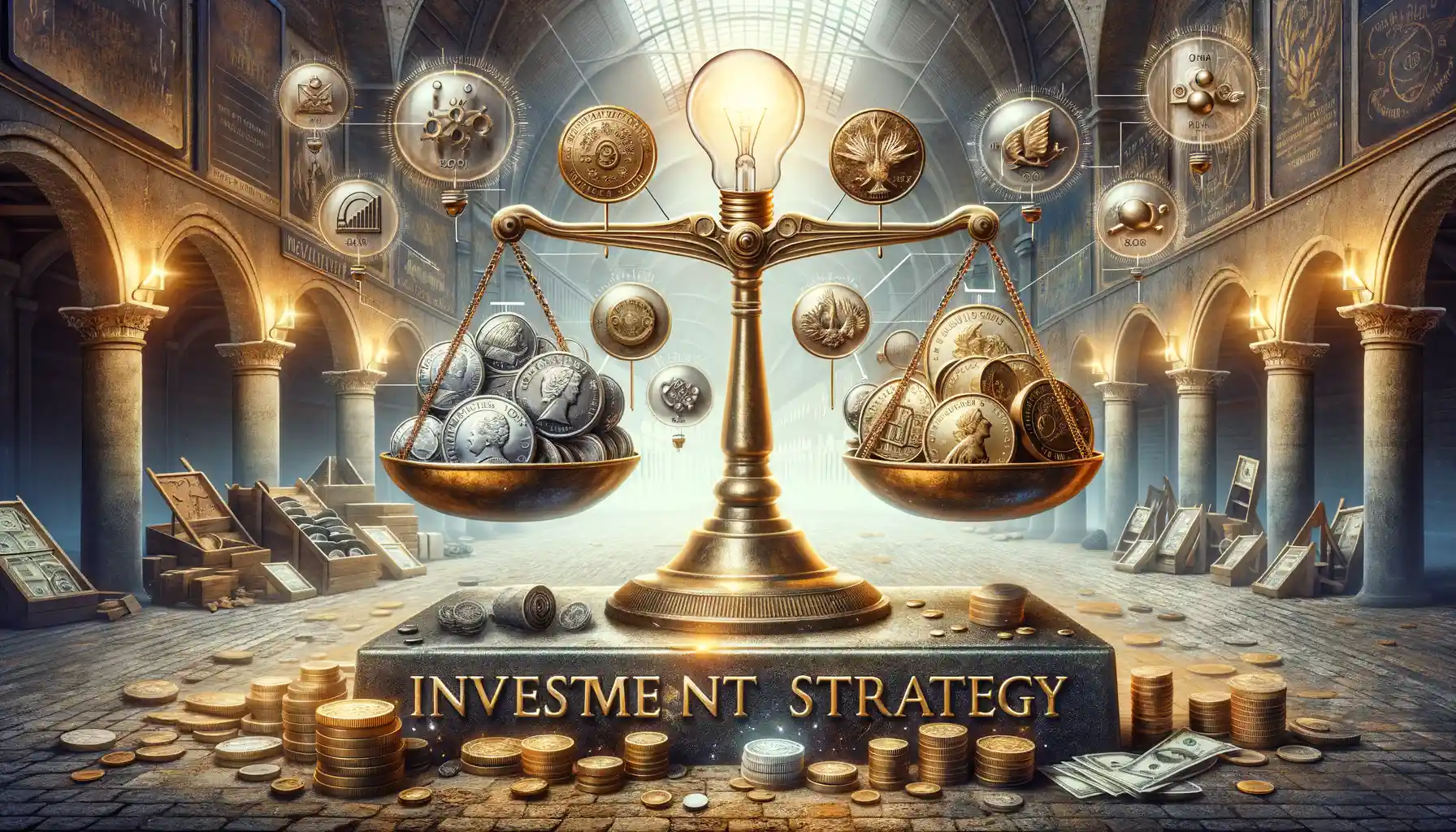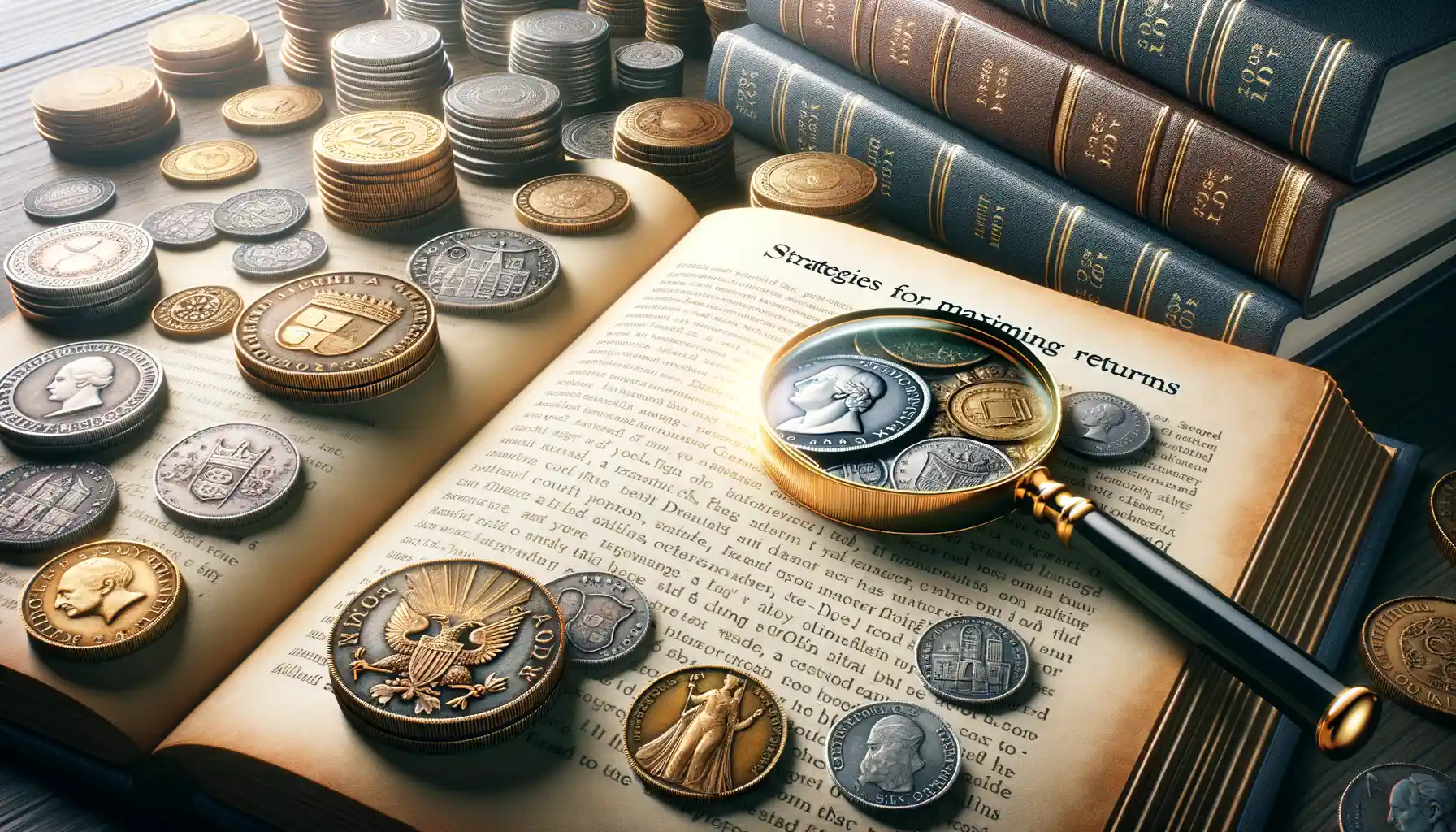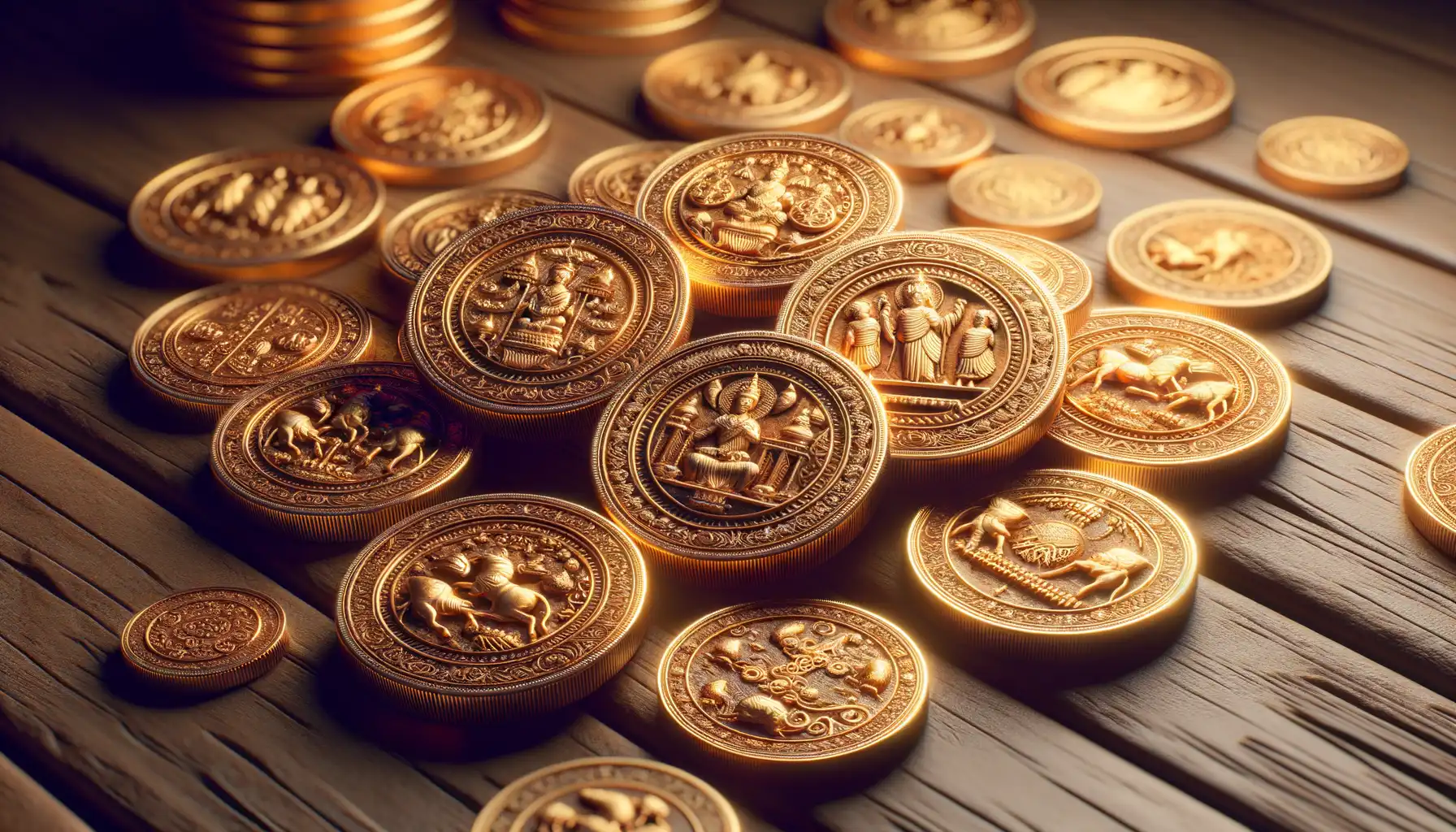Understanding Graded Coins and Their Market Value
What Makes Graded Coins Shine in the Market?
Investing in graded coins is like stepping into a treasure chest where history, rarity, and craftsmanship collide. But what exactly gives these little metal marvels their value? The secret lies in their **grade**, a precise evaluation of condition provided by professional grading companies like PCGS or NGC. Think of the grade as a “report card” for a coin, with higher grades commanding higher prices thanks to their flawless beauty and scarcity.
The grading scale (ranging from 1 to 70) may seem straightforward, but oh, the nuances! A coin graded MS-69 is nearly perfect, yet its MS-70 counterpart might fetch double or more at auction. Why? Because collectors crave perfection like art connoisseurs lust after an exclusive Monet.
- Mint state vs. circulated: Mint-state coins are typically more valuable due to their pristine condition.
- Population reports: The fewer coins of a certain grade, the higher their demand.
Understanding this mix of science and emotion is the key to unlocking a coin’s market potential. Remember: you’re not just buying metal; you’re investing in history frozen in time.
Key Factors Influencing ROI in Graded Coin Investments

Understanding the Role of Market Trends
Picture this: the graded coin market is like a living, breathing ecosystem. Its heartbeat? The ever-shifting trends that ebb and flow, shaping values overnight. Coins tied to significant historical moments—for instance, a rare 1909-S VDB Lincoln cent—can skyrocket during anniversaries or trendy periods in pop culture. Pay attention to these waves. Timing your purchase or sale based on market peaks could mean the difference between a good return and an exceptional one.
Larger economic factors, like inflation fears or gold price surges, also sneak into the mix. A spike in demand for precious metals can make coins like gold Double Eagles glitter brighter in investors’ eyes. Staying tuned into these broader forces? A non-negotiable.
The Importance of Grading and Certification
Let’s be real—when it comes to graded coins, the devil is in the details. The grade, determined by services like PCGS or NGC, is not just a number; it’s the golden ticket to trust. Why? Because a professionally graded coin signals authenticity and eliminates doubts about quality. Collectors love peace of mind.
But here’s the catch: subtle differences in grading can send a coin’s value soaring—or sinking. For example:
- A coin graded MS-69 might fetch hundreds, but bump that up to MS-70? You’re talking thousands.
- Details like strike sharpness and toning can make or break collector appeal.
The takeaway? Invest only in coins with impeccable certification and documentation. Anything less—you’re rolling dice at a table stacked against you.
Strategies for Maximizing Returns on Graded Coin Investments

Spotting Hidden Gems in the Coin Marketplace
Investing in graded coins can feel like treasure hunting—only instead of unearthing gold doubloons, you’re chasing coins with exceptional market potential. So how do you pick winners? Start by diving into historical trends. Coins tied to significant events or minted in limited quantities often have a special allure that keeps collectors coming back for more. For instance, the 1909-S VDB Lincoln Cent, famous for its rarity and controversy, has become a collector’s dream over the years.
Don’t underestimate the power of research, either. Auction histories can reveal what serious buyers valued in the past and hint at what they’ll pay top dollar for in the future. And don’t just look for pristine grades—it’s not always about chasing perfection! Sometimes, a lower-grade rarity can outshine a high-grade common coin in financial returns.
- Key tip: Examine population reports from grading companies to spot which coins might gain value due to scarcity.
- Pro move: Network with seasoned collectors to uncover lesser-known but highly sought-after coins.
Timing Is Everything: The Art of Buying and Selling
Think of investing in graded coins as a dance—you need to know when to move. Timing your purchases during dips in the market can be a game-changer. For example, coins from the early 20th century often surge in value during anniversaries or when featured in exhibits, so a little advance planning could lead to big rewards.
When it comes to selling, don’t rush into hasty decisions. Watch for signals like increased demand or rising auction prices before listing. Online marketplaces such as Heritage Auctions or Stack’s Bowers can offer insights into current trends. Remember, patience isn’t just a virtue in coin collecting—it’s a strategy.
Risks and Challenges in Graded Coin Purchasing

Hidden Pitfalls That Can Trip Up New Collectors
Investing in graded coins can feel like excavating treasures from history—but tread carefully, because this shiny world hides its fair share of traps. One major challenge? The fine line between genuine value and overhyped hype. Some coins may dazzle with their rarity or historical backstory, but are they really worth the premium you’re paying? If you’re not cautious, you might be buying a story rather than an actual return on investment.
And then there’s the vast sea of grading companies. Not all are created equal. While trusted names like NGC or PCGS maintain strict standards, lesser-known graders might slap an overstated grade on a coin, inflating its value. This can lead to costly regrets when reselling.
- Fraudulent coins: Counterfeits are more sophisticated than ever, making it critical to authenticate purchases.
- Market volatility: Like any investment, coin values can swing dramatically, and not always in your favor.
- Storage anxiety: Proper storage isn’t glamorous, but failing to protect your coins can chip away at their worth.
Navigating these challenges takes vigilance and a willingness to learn. Each risk you manage brings you closer to unearthing the true gems in this realm.
Conclusion and Expert Recommendations

Why Graded Coins Can Be a Smart Long-Term Play
Investors and collectors alike often ask, “Is diving into graded coins worth it?” Well, think of them as a brilliant fusion of art, history, and financial potential. A graded coin is not just a chunk of metal – it’s a story preserved in time, a symbol of rarity sealed behind protective plastic that tells the world, “I’m valuable.” And here’s the thing: unlike stocks or real estate, coins can travel with you, tucked neatly in a safe, ready to yield gains when the time is ripe.
Experts recommend focusing on coins with strong liquidity, like those in high demand by both collectors and investors. Some stellar options?
- Classic U.S. coins with historical appeal (think Morgan Dollars or St. Gaudens Double Eagles).
- International coins tied to important events or low mint quantities.
Remember, it’s about balancing beauty with market substance.
Avoiding Pitfalls: Insights from Pros
No one wants to end up with a shiny dud, right? That’s why seasoned collectors swear by three golden rules:
1. Research relentlessly: Understand grading systems like NGC and PCGS inside out.
2. Know your seller: Verify dealers through trusted platforms or associations like the PNG.
3. Don’t chase trends: As tempting as hot topics may seem, sticking to timeless pieces often delivers steadier returns.
Every investment comes with risks, sure. But with smart choices and a focus on quality over quantity, graded coins could be your portfolio’s crown jewel.


